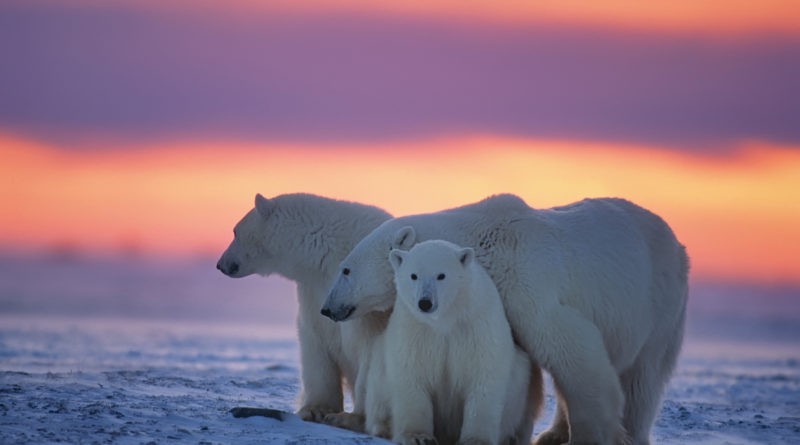What Is National Polar Bear Day?
1,041 total views, 1 views today
When most people think of the Arctic, polar bears are among the first things that come to mind. However, not many people know that polar bears have their own day.
National Polar Bear Day, also known as International Polar Bear Day, is the day to celebrate polar bears and learn more about them. It might seem like a peculiar holiday, but in some ways, it’s actually quite significant. Below, learn all about why National Polar Bear Day matters.
What is National Polar Bear Day?
National Polar Bear Day was created by Polar Bears International, an organization dedicated to the conservation of polar bears. National Polar Bear Day occurs annually on February 27, a day that typically falls during a time period when polar bear moms take care of their newborn cubs.
How are polar bears different from other bears?
Polar bears are anatomically different from other bears. For example, the footpads of polar bears are significantly larger than grizzly bears’ footpads. The large size of polar bear footpads makes them powerful swimmers that can swim for hundreds of miles.
Additionally, polar bear teeth have adapted to their environment. Whereas grizzly molars have adapted to chew on plant material, polar bear teeth are suitable for chewing animal flesh. Additionally, researchers have theorized that grizzly bears evolved from the polar bear approximately 100,000 years ago.
What is the conservation status of polar bears?
Drastic changes in arctic sea ice and shifts in polar bears’ environment make polar bears vulnerable to extinction. There are approximately 22,000 to 31,000 polar bears alive, an amount that has been classified as endangered. One polar bear expert estimated that a continued decline in sea ice would reduce the global population of bears to less than 10,000 by 2050.
Why are polar bears currently vulnerable?
There are several reasons why polar bears are endangered. Pollution has affected polar bears’ food sources, as have oil spills. Additionally, industrial development has disturbed maternal dens, as has overhunting.
Furthermore, the oil and gas industry is increasingly moving into the Arctic as southern reserves run dry. One recent study found that the oil and gas industry conducts inadequate den detection surveys, missing over half of the known dens. This oversight makes it harder to protect polar bear dens and may have implications for policy decisions in sensitive denning areas.
Decreasing water temperatures also heavily affect polar bears and their health. Polar bears need sea ice to hunt and store energy for the warmer months when food can be scarce. Additionally, high levels of pollutants in their food can significantly affect their health.
Lack of food and lack of fat on nursing polar bear mothers are the main causes of death for cubs. Unhealthy bears can lead to lower reproduction rates, higher cub mortality, and potentially local extinction. However, polar bears can be protected from extinction.
How to celebrate and help protect polar bears
Polar Bears International is funding new tools to find and map den locations. These new tools can help ensure polar bears are protected.
The World Wildlife Fund (WWF) has supported the design of steel food storage containers. These containers will ensure that local people can continue to store their food from hungry polar bears and reduce human-polar bear conflict. Helping organizations that aid in the conservation of polar bears can be a great way to celebrate National Polar Bear Day.

